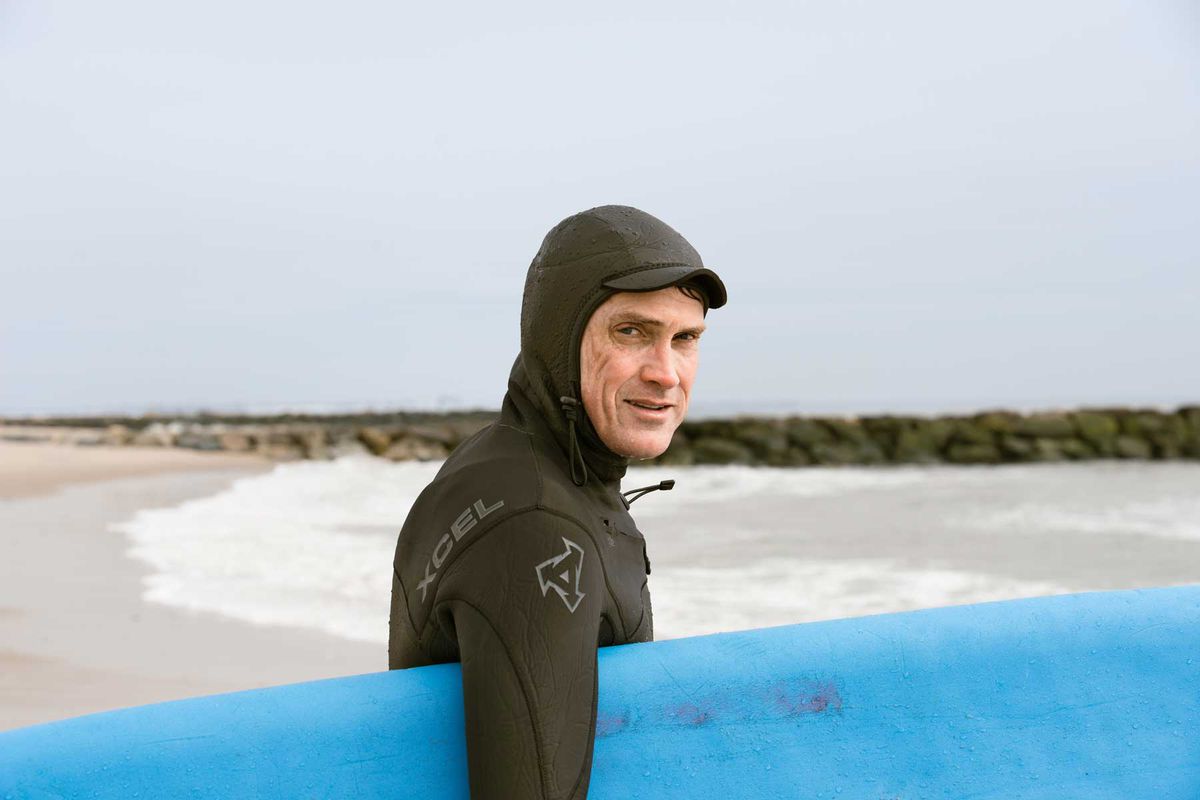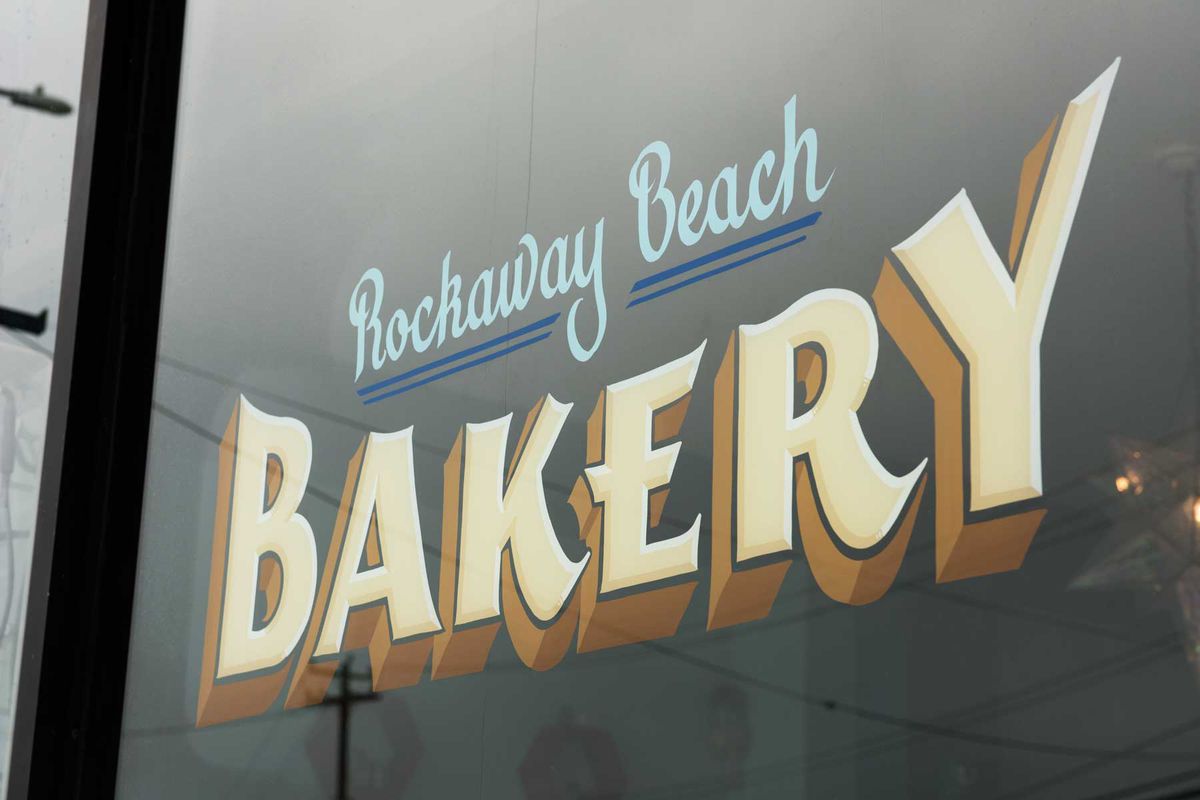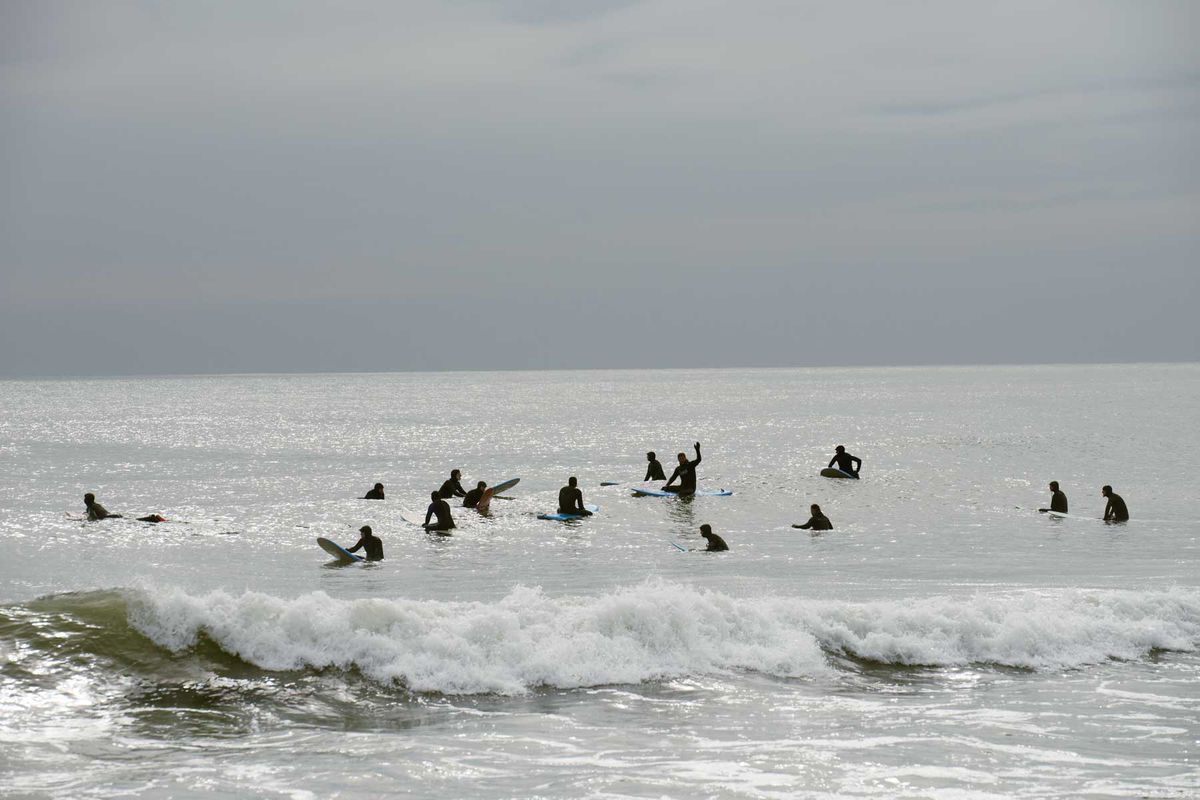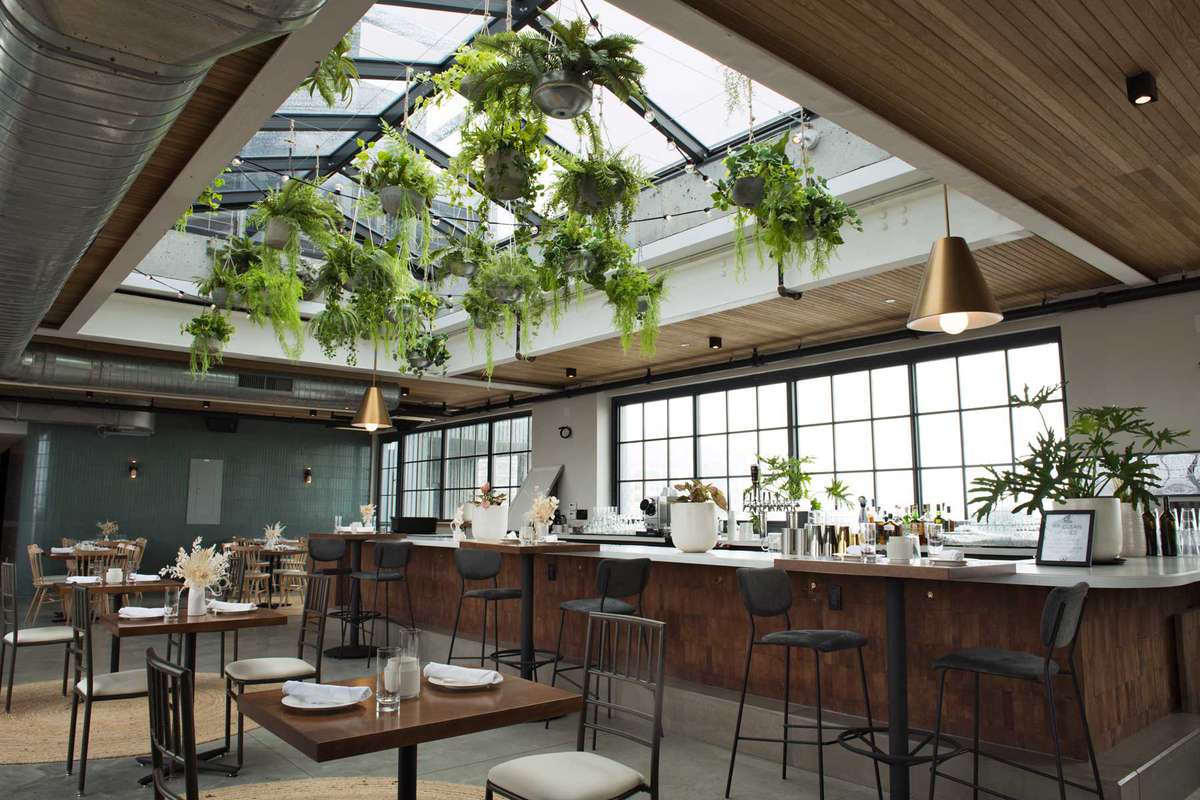When I decided to learn to surf, five years ago, I did not venture to Malibu, Maui, or any of those fabled breaks where coconut-lotion-scented breezes ripple through palm trees and shirtless specimens with streaked hair play out their endless summers. Instead, I headed to the Rockaways, and I did so in the winter.
One December day, I found myself at one of New York City’s few designated surf spots, the south end of Beach 69th Street. I was accompanied by stalwart herring gulls, a guy sweeping a metal detector across the sand, and Dillon O’Toole, my surfing instructor. The sky was Berlin Wall gray and filled with the sounds of JFK-bound jets winding down their engines. The water—which I found myself in quite frequently after being tossed off my surfboard—was freezing. And yet it had the very real virtue of being warmer than the air. Afterward, I stood next to my car and tried to peel off my wet suit with numb hands, blasting the car’s heat to little effect.
Related: How to Have the Perfect Day at NYC’s Rockaway Beach

The author prepares to dive in. | CREDIT: DAVID CORTES
I was hooked. After decades of living in New York, I’d found a place only a short drive away where I could be virtually alone; where I could free myself momentarily from phones and deadlines; where I didn’t have to wait in line or pay expensive membership fees; where a pod of dolphins might silently break the dark surface of the water a dozen feet away. In summer, this same beach would be packed, but in the winter, it felt purifying and monastic.
As much as I fell for the surfing, I fell for the place itself. It was illegal to surf off this beach for many years, as Diane Cardwell writes in her memoir Rockaway: Surfing Headlong Into a New Life, which gave it a sort of “rebel edge.” You need a certain constitution to handle the winter seas—which, inconveniently, produce the best waves. “Rockaway simply wasn’t your average beach town,” Cardwell writes, “and had none of the aloha spirit of Hawaii or good vibrations of California.”
I stood next to my car and tried with numb hands to peel off my wet suit, blasting the car’s heat to little effect. I was hooked.
But still, by New York City standards, it felt to me like a small town, with its own peculiar vibe and cast of characters. Whenever I headed to the water, I’d stop by the Rockaway Beach Bakery, a standout among the new businesses that have arrived in the past few years. Over a coffee and a ham-and-cheese croissant, I’d read The Wave, Rockaway Beach’s newspaper since 1893, which must be New York’s only newspaper with a surf column, Down by the Jetty. Pastry chef Tracy Obolsky, who owns the bakery, began surfing at Rockaway about six years back. She recalls sitting in the water and thinking, We should look into moving here. After she convinced her husband, she was for a while “slinging croissants” out of a temporary space in a marina before opening her own storefront.

Rockaway Beach Bakery is a popular spot for pastries before or after surfing. | CREDIT: DAVID CORTES
“The surfing culture has really exploded,” Obolsky told me one February afternoon last year. There are days when she will close a bit early to go surf (“which is very Rockaway”). On her days off, she notes, “people will see me in the water and be like ‘Oh, does that mean I can’t get a croissant?'”
Since I began surfing there, I’ve seen growing evidence of a sea change. Mike Reinhardt—a Rockaways native and cofounder of Locals Surf School, the outfit that gave me my early lessons—wore bulky scuba-diving wet suits when he was a kid, but the more recent ubiquity of neoprene has made winter “less of a far-fetched proposition.” He’s been seeing ever greater numbers of winter surfers: “You’d be lucky to have anyone join you in the past. Now you’d be lucky to have the waves to yourself.”
More Trip Ideas: This Isolated Village in the Faroe Islands Is Also a Surprising Surf Destination
And where years ago I used to change, shivering, on the street, I can now avail myself of the showers and storage lockers at Locals Collective Café, which is run by Locals Surf, on the ground floor of the Tides at Arverne by the Sea, a luxury apartment building at Beach 69th Street and Rockaway Beach Boulevard. The Tides also boasts cheery food options, like Super Burrito and Bar Marseille (entrées $25–$42), a French restaurant, plus a wine shop, Vino by the Sea.

Surfers waiting to catch a break in the Rockaways. | CREDIT: DAVID CORTES
Perhaps the biggest change is the arrival, in late 2020, of the Rockaway Hotel (doubles from $250), a six-story, 53-room structure designed by Morris Adjmi Architects (who did the Wythe Hotel in Brooklyn) with interiors by Curious Yellow Design, a New York and Oslo firm. Partner Jon Krasner, who is also a co-owner of Montauk’s Hero Beach Club, told me he’s hoping the hotel will help make the Rockaways more than a seasonal destination, given its proximity to a large population base, the “staycation” vibe, and space for corporate retreats—plus an area devoted to surf lockers.
After all, in the 19th century, before air travel, the area was a prime holiday destination, boasting sprawling resorts like the Marine Pavilion and Rockaway Beach Hotel (then billed as the largest in the world). “It’s pretty crazy,” Reinhardt noted, “that Rockaway hasn’t had a place to stay in that long. What other beach town isn’t filled with hotels?”

The Rooftop, a restaurant at the Rockaway Hotel. | CREDIT: DAVID CORTES
On Valentine’s Day weekend last year, with socially distanced indoor dining just reopened, my wife and daughter and I headed to the property’s Rooftop restaurant, which is helmed by chef Barry Tonks. While it was too cold to take advantage of the outdoor terrace, the view was remarkable: to one side, the last embers of daylight sinking into the Atlantic; to the other, the lights of the distant Manhattan skyline. It was a reminder that as far out as the Rockaways can seem, they’re still firmly in New York’s orbit.
A version of this story first appeared in the February 2022 issue of Travel + Leisure under the headline Swell With Pride.
original article on Travel and Leisure
Author: Tom Vanderbilt